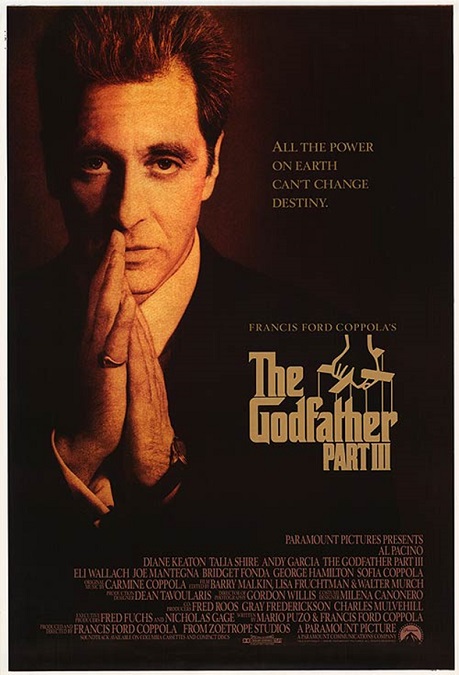
The Godfather: Part III – 1990
I’m going to start off by saying that I think this movie has got a bad rap that it doesn’t deserve. The problem that it is, naturally, compared with the first two movies in the trilogy, and it just isn’t as good. But that’s saying the third installment is an 8 instead of a 10. But hey, it was still an 8! I liked that it was a good story that could have worked, even if it wasn’t part of the Godfather Epic, but the fact that it gave us familiar characters that we knew and a history from the first two movies, just made it more enjoyable.
The movie did a great job of bringing back nearly all the original actors to reprise their roles, the only major exception being Robert Duvall. He refused to take part in the film because, though he was not the lead, he felt he should get paid just as much as Al Pacino. But Pacino, Diane Keaton, and Talia Shire, all returned, playing Michael Corleone, Kay-Adams Corleone, and Connie Corleone, respectively. This time around, they were joined by Andy Garcia, who was awesome as Michael Corleone’s illegitimate nephew, Vincent Mancini/Corleone, and George Hamilton playing the character who replaced Robert Duvall’s Tom Hagen, B. J. Harrison. Also, director Francis Ford Coppola’s daughter Sofia, played Michael’s daughter Mary Corleone. His son Anthony, was played by the talented singer, Franc D’Ambrosio. Throw in a few more mafia gangsters like Joe Mantegna as one of Michael’s many rivals, Joey Zasa, Eli Wallach as Don Altobello, and a few supporting roles played by recognizable names like Richard Bright, Bridget Fonda, Donal Donnelly, and John Savage, and you have yourself a pretty good cast.
The film was unique in the epic trilogy in that it was much more introspective than its predecessors. The main plot was about Michael Corleone’s desire to get out of the organized crime business and go legit. Unfortunately, his past sins, his past rivals, his past business partners, and his past resentments all came back to haunt him. It wasn’t a simple matter of walking away. Michael has become an old man with a long list of regrets trailing behind him, and the scorn of his beloved ex-wife in front of him.
However, Vincent was a young and eager man who had a temper like his father Sonny, who Carlo Rizzi had killed in the first movie. And I thought it was cool that as a last effort to go straight and get back in Kay’s good graces, Michael claims Vincent as a true Corleone and hands his position as Don of the family to him. Unfortunately, it was already too late. There was already a contract out on his life.
I also liked that Talia Shire had a more prominent part in this movie than she’d had in the first two movies. It was very interesting to see how Connie was just as much of a heartless killer as her brother. Shire did a great job. Pacino and Keaton also turned in some great performances, of course, but for me, it was Garcia that was really the stand-out of the cast. The character of Vincent was strong and powerful, not always smart, but passionate. He looked good, and he is a skilled actor.
But if he was the film’s main strength, then I have to point at Sofia Coppola as its biggest weakness. It must have been difficult for her, an unexperienced actress who never really wanted to act, to be put next to the likes of Pacino, Keaton, and Garcia. But… she just really wasn’t very good. And I also learned that she only took the part after the several actresses, for various reasons, could not play the part. Julia Roberts had scheduling conflicts, Rebecca Schaeffer was murdered, Madonna was deemed too old for the part, and Winona Ryder dropped out at the last minute.
Another interesting aspect of the movie was that it fictionalized actual historical events and cleverly made them a part of the story. For example, (quoted from Wikipedia), “the ending of the papacy of Paul VI,the very short tenure of John Paul I in 1978, and the collapse of the Banco Ambrosiano in 1982. Like the character Cardinal Lamberto, who becomes John Paul I, the historical John Paul I, Albino Luciani, reigned for only a very short time before being found dead in his bed.”
But many film consider the film’s ending, apart from Sofia Coppola’s poor performance, to be its weakest part. And when I say its ending, I mean the last 10 or 20 seconds. The big climax ended in which Mary is shot and killed. Vincent shoots the assassin, and Michael and Kay are left, screaming over her body. We see a montage of all the women Michael has lost during his years as a crime boss, including Mary, Kay, and his first wife Apolonia. Then the scene cuts to Michael as he sits all alone in the garden of Don Tommasino’s villa. He is very old, and very alone. After a few seconds, we see his hand drop just before he slumps out of his chair and falls, face down, on the ground, apparently dead. We see a few more ominous seconds of his lifeless body, specifically conscious of the fact that there is nobody around to help him or even notice his death. Some say it detracted from that character’s grand and larger-than-life persona, but I thought it was an ingenious commentary on the wages of a life of sin and vice.
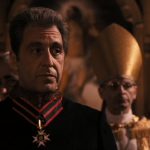
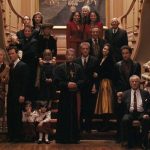
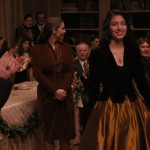
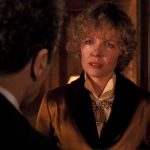
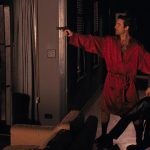
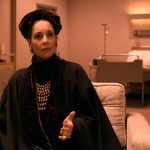
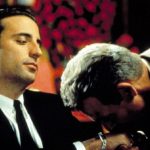
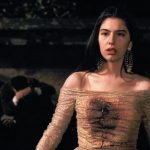
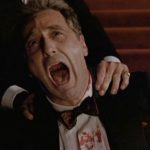
Micheal did not have Sonny killed.
Mary not Maria
Myra, Thank you so much for the corrections! I have updated the review accordingly.